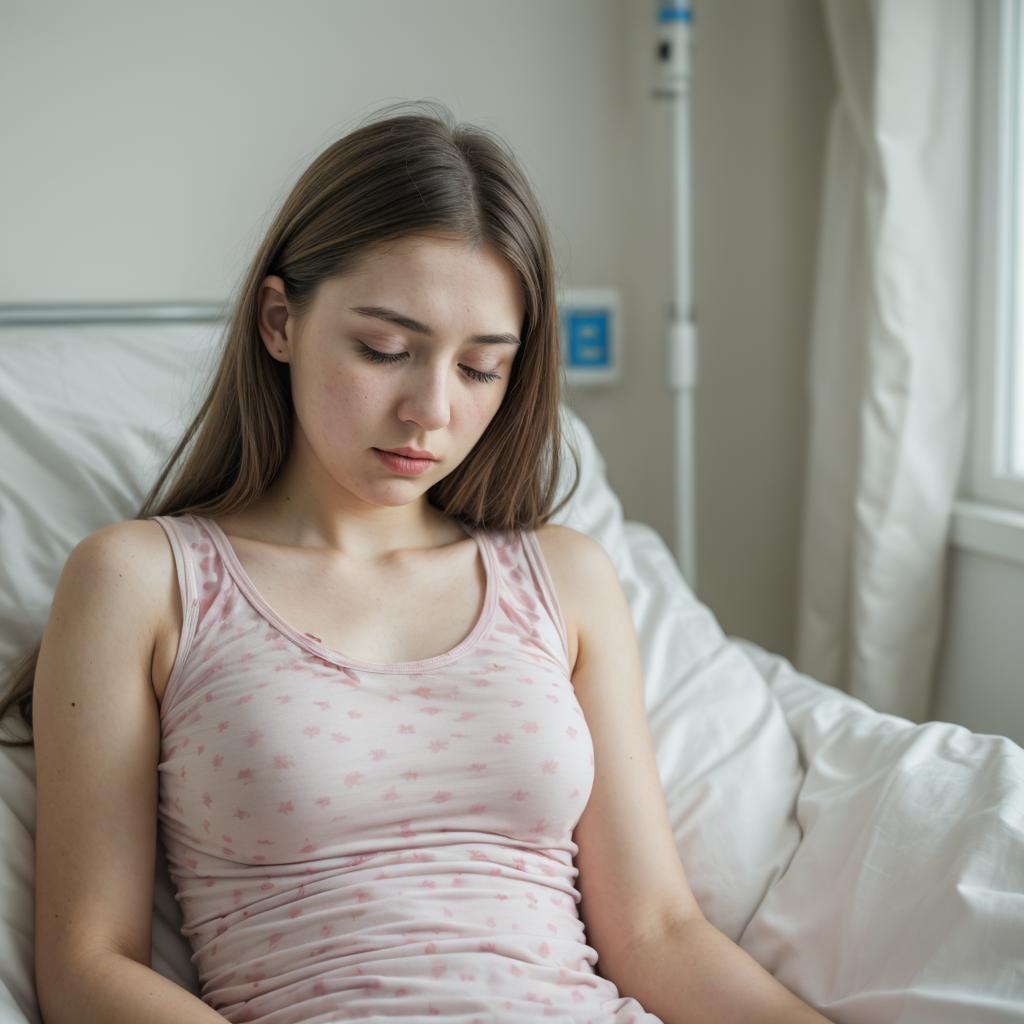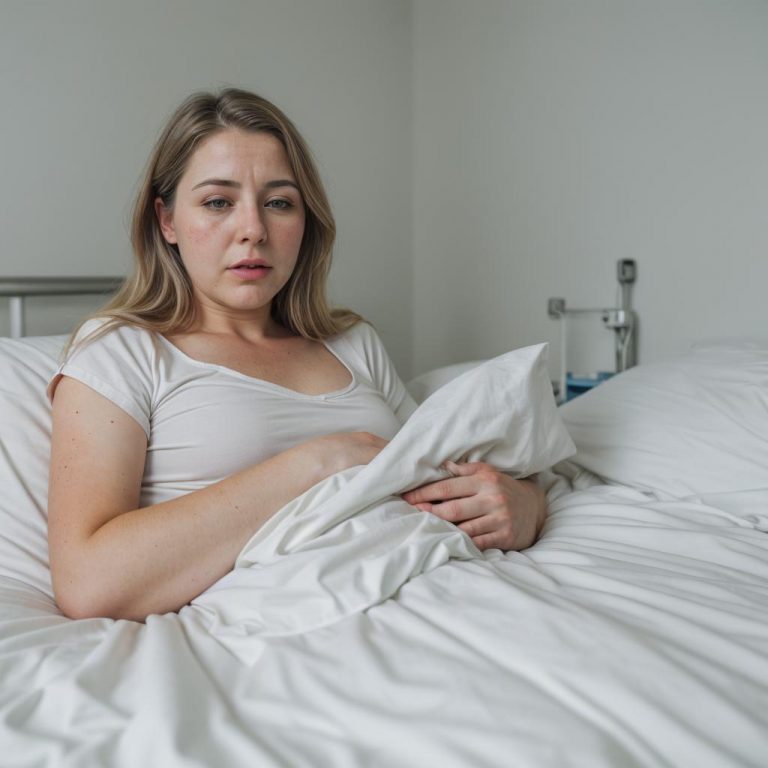

Understanding allergic pink eye
Allergic pink eye, also known as allergic conjunctivitis, is a common condition characterized by inflammation of the conjunctiva due to an allergic reaction.
This reaction can be triggered by various allergens such as pollen, pet dander, dust mites, or certain chemicals. When the conjunctiva, the thin layer of tissue that covers the white part of the eye and lines the inner surface of the eyelids, becomes irritated or inflamed, it can lead to symptoms such as redness, itching, tearing, and swelling.
Symptoms and diagnosis
Symptoms of allergic pink eye can vary in severity but often include redness, itching, burning sensation, watery discharge, and swelling of the eyelids. In some cases, individuals may also experience sensitivity to light (photophobia) and blurred vision. It’s important to note that allergic pink eye is not contagious, unlike other forms of pink eye caused by bacterial or viral infections.
If you suspect that you have allergic pink eye, it’s essential to consult with an eye care professional for a proper diagnosis. Your doctor will perform a comprehensive eye examination and may conduct allergy testing to identify the specific allergens triggering your symptoms.
Treatment options
The primary goal of treating allergic pink eye is to alleviate symptoms and reduce inflammation. Here are some common treatment options:
Avoidance of allergens:
The first step in managing allergic pink eye is to minimize exposure to allergens that trigger your symptoms. This may involve avoiding outdoor activities during peak pollen seasons, using allergen-proof covers on pillows and mattresses, regularly cleaning and vacuuming your home to reduce dust mites, and keeping pets out of the bedroom if you’re allergic to pet dander.
Eye drops:
Over-the-counter or prescription antihistamine eye drops can help relieve itching and redness associated with allergic pink eye. These drops work by blocking the release of histamine, a chemical that causes inflammation and allergic reactions in the body.
Cold compresses:
Applying cold compresses to the eyes can help soothe irritation and reduce swelling. Simply place a clean washcloth soaked in cold water over closed eyelids for several minutes at a time.
Oral antihistamines:
In some cases, your doctor may recommend taking oral antihistamines to help control allergic symptoms throughout your body, including those affecting the eyes. However, be cautious with over-the-counter antihistamines as they can cause drowsiness, which may impair your ability to drive or operate machinery.
Prescription medications:
For severe or persistent allergic pink eye, your doctor may prescribe stronger medications such as corticosteroid eye drops or nonsteroidal anti-inflammatory drugs (NSAIDs) to reduce inflammation and alleviate symptoms. These medications should be used under close supervision, as prolonged use of corticosteroids can lead to adverse side effects such as increased intraocular pressure and cataract formation.
Prevention
While allergic pink eye may be challenging to prevent entirely, there are steps you can take to reduce your risk of experiencing flare-ups:
Keep windows closed during high pollen seasons.
Use air purifiers with HEPA filters to remove allergens from indoor air.
Wash your hands frequently, especially after touching pets or outdoor surfaces.
Avoid rubbing your eyes, as this can exacerbate symptoms and potentially introduce bacteria or irritants into the eyes.
Allergic pink eye can be uncomfortable and bothersome, but with proper management and treatment, you can find relief from your symptoms. By working closely with your eye care professional and taking steps to avoid allergens, you can minimize the impact of allergic pink eye on your daily life and enjoy clearer, more comfortable vision. If you experience persistent or severe symptoms, don’t hesitate to seek medical attention for personalized treatment recommendations.



